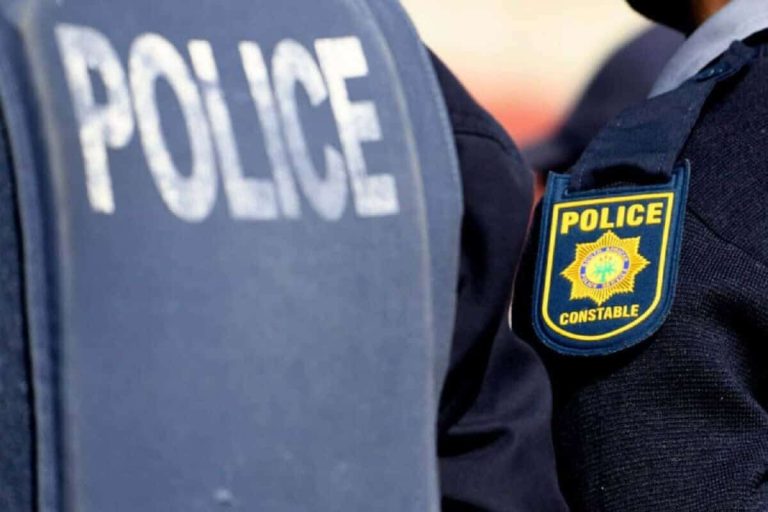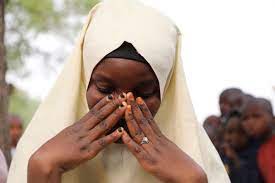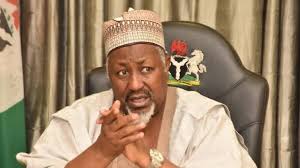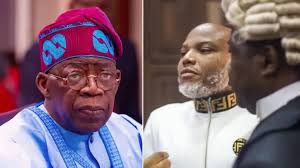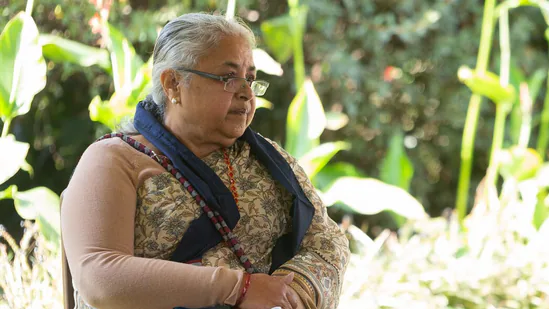
In the wake of mass protests that forced out Nepal’s veteran prime minister and plunged the country into its worst unrest in two decades, former Chief Justice Sushila Karki has emerged as the frontrunner to lead an interim government.
Army chief General Ashok Raj Sigdel met on Wednesday with key stakeholders, including representatives of the youth-led “Gen Z” protest movement, as part of consultations to stabilize the Himalayan nation of 30 million people. A military spokesperson confirmed the meeting but gave no further details.
“Right now, Sushila Karki’s name is coming up to lead the interim government — we are waiting for the president to make a move,” said Rakshya Bam, a protester who attended the talks.
The protesters, who galvanized after the government’s social media ban and long-simmering corruption scandals, have since transformed into a powerful, though fragmented, political force.
Karki, 73, Nepal’s first female Supreme Court chief justice, told AFP that “experts need to come together to figure out the way forward,” stressing that “the parliament still stands.”
A Divided Movement
Despite her growing profile, not all protesters are united behind Karki. In a sprawling virtual meeting on Discord, thousands of young Nepalis debated possible interim leaders, with several competing names emerging.
“There are divisions,” said journalist Pranaya Rana. “It is natural in a decentralized movement like this that there are going to be competing interests and competing voices.”
Streets Under Military Watch
On Thursday, soldiers patrolled Kathmandu for a second consecutive day, manning multiple checkpoints as calm returned to streets still scarred by earlier violence.
The unrest, which began Monday in the capital, spread rapidly across the country after security forces killed at least 19 people in a brutal crackdown.
Enraged demonstrators torched government buildings, including the national parliament.
Now, as Nepal grapples with the fallout, all eyes are on whether Karki — a respected academic and jurist — can rally the fractured protest movement and guide the nation through its fragile political transition.
